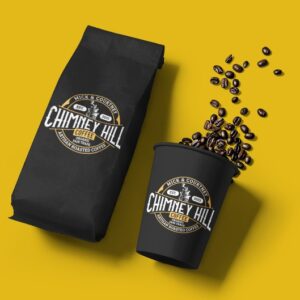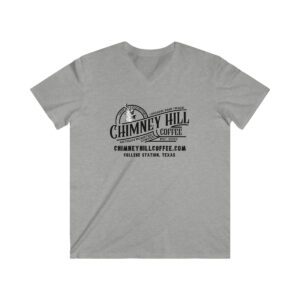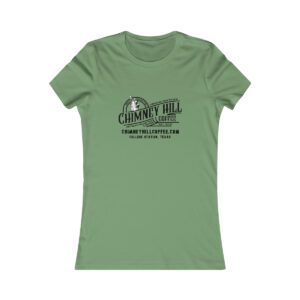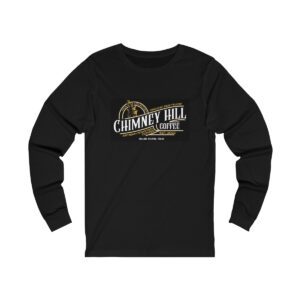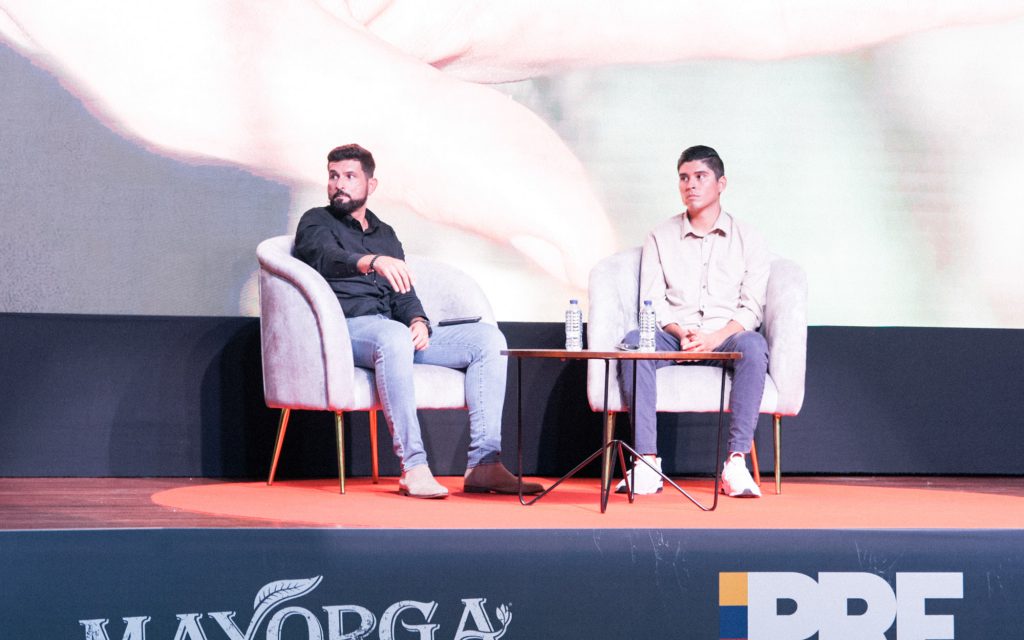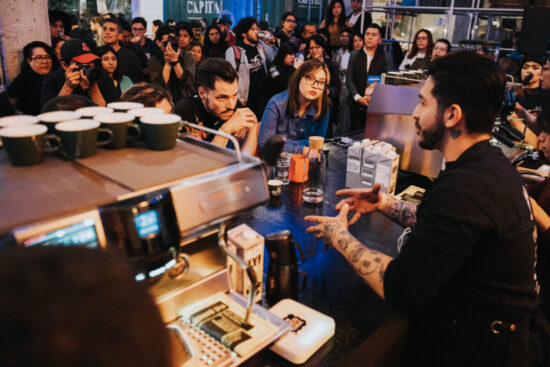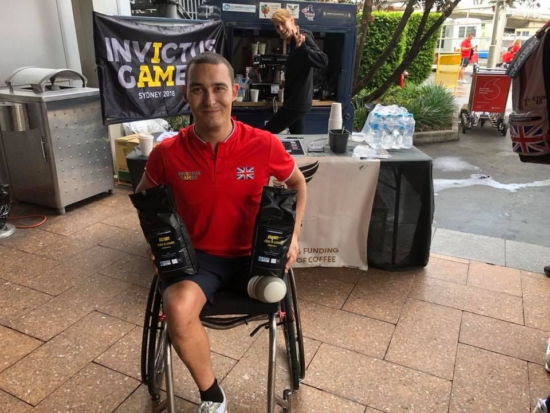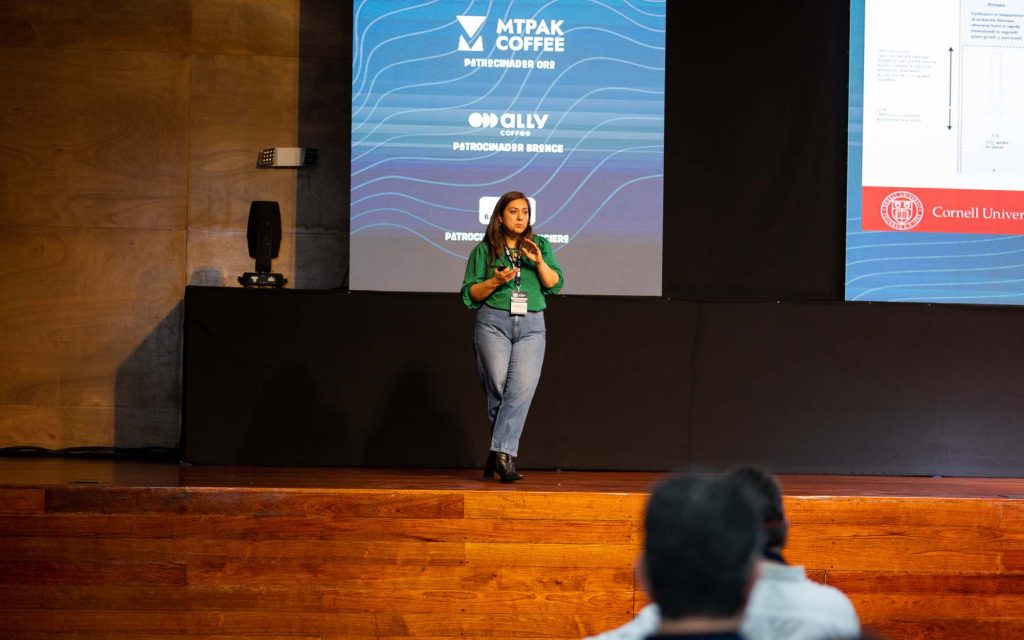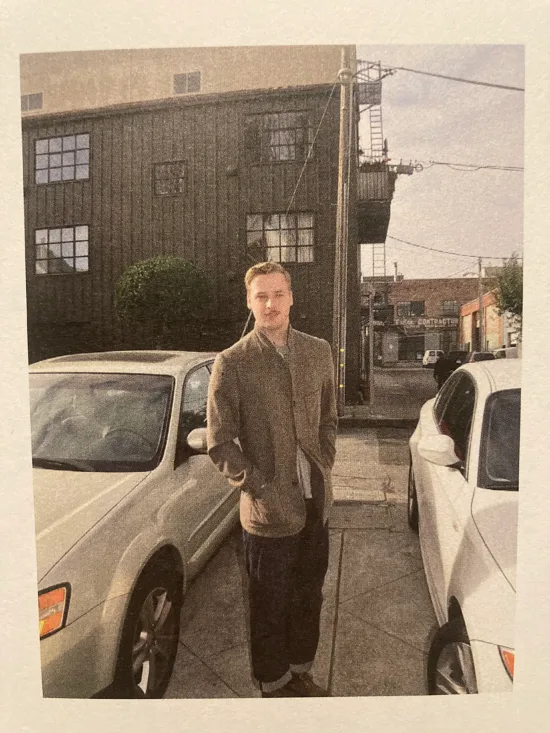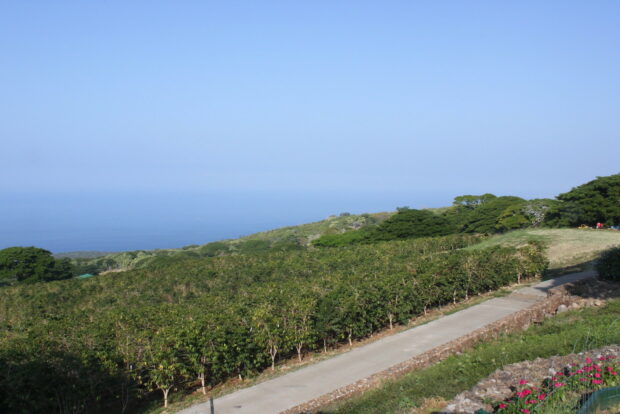The most affordable Keurig coffee maker is available exclusively at Walmart and comes at a sweet price of only $59.00. In this article, you’ll find out how good it really is, and also find additional information like how to clean it, or do you need a water...
LOTUS WATER DROPS: How to use them, and a great hack to find the best water for your coffee
LOTUS WATER DROPS: How to use them, and a great hack to find the best water for your coffee
LOTUS WATER DROPS: How to use them, and a great hack to find the best water for your coffee
LOTUS WATER DROPS: How to use them, and a great hack to find the best water for your coffee
LOTUS WATER DROPS: How to use them, and a great hack to find the best water for your coffee
LOTUS WATER DROPS: How to use them, and a great hack to find the best water for your coffee
Here’s How to Change Keurig 2.0 Water Filter Easily
Not sure how to change Keurig 2.0 water filter? Here are step-by-step instructions that will help you do it quickly and easily. Keurig water filter should be changed every 2 months or 60 tank refills. The water filter is located inside the water tank, on the valve at...
Quick French Press Iced Coffee (No, It’s Not Cold Brew)
This is the absolute fastest way to make French press iced coffee. Just forget about cold brew concentrate – with this Quick French Press Iced Coffee Recipe you can have your iced coffee ready in 5 – 6 minutes. Who doesn’t like the French press?! It’s...
The coffee rose for assessing Anaerobic coffee
I just came across this really neat tool to assess anaerobic coffees. I haven't used it for cupping yet. I'm not sure I will like it either because the idea of lowering the score of the coffee just because it tastes has some thyme flavors. At the same time I...
Three US Coffee Championship Events Are Heading To Rancho Cucamonga
This article is from the coffee website Sprudge at http://sprudge.com. This is the RSS feed version. The 2024 US Barista Championship, Brewers Cup, and Cup Tasters will take place March 15-17 at Klatch Coffee Roasters in Rancho Cucamonga, California.
The Origin Story of Turtle Island Coffee in Vancouver, B.C.
A new Indigenous-owned coffee company based in Vancouver, British Columbia, called Turtle Island Coffee has launched with the goal of exposing more people to high quality specialty coffee and Indigenous...
Get Ready for The Barista League’s 2024 Season
The Barista League has announced 12 competitions across four continents. BY J. MARIE CARLANBARISTA MAGAZINE ONLINE Photos courtesy of The Barista League When The Barista…
Get Ready for The Barista League’s 2024 Season
The Barista League has announced 12 competitions across four continents. BY J. MARIE CARLANBARISTA MAGAZINE ONLINE Photos courtesy of The Barista League When The Barista…
Get Ready for The Barista League’s 2024 Season
The Barista League has announced 12 competitions across four continents. BY J. MARIE CARLANBARISTA MAGAZINE ONLINE Photos courtesy of The Barista League When The Barista League announces new events, it’s worth paying attention! This year, the schedule will be...
Weekly Coffee News: EUDR and Africa + More Celebrity Coffee
Welcome to DCN’s Weekly Coffee News. Keep up with all the latest coffee industry stories and career opportunities by subscribing to DCN’s newsletter. Tell our editors about your news here. Report: Small-Scale Farmers in...
Do Higher Coffee Prices Mean More Money For Farmers? A Story From Sumatra Shows It’s Complicated
This article is from the coffee website Sprudge at http://sprudge.com. This is the RSS feed version. Since coffee costs more now than ever, do those coffee prices impact the amount of money earned by coffee farmers?
Coffee News Recap, 2 Feb: Applications open for Australia’s Richest Barista 2024, De’Longhi reports 4.6% revenue increase after La Marzocco move & other stories
Every Friday, Perfect Daily Grind rounds up the top coffee industry news from the previous week. Here are this week’s coffee news stories. The word of the week is: expansion. Mon, 29 Jan AeroPress launches limited-edition Clear Pink brewer. The coffee brewer is made...
Watch The 8 Best Coffee Videos Vying For Sprudgie Awards
This article is from the coffee website Sprudge at http://sprudge.com. This is the RSS feed version. The best coffee videos from 2023 featuring Cafe Imports, Aramse, Nguyen Coffee Supply, Wildly, Mirror Coffee Roasters, Alto Stories, Quek Shio, and Cafe Retiro.
Robusta is great and has untapped potential
I live in the US and my typical choice of coffee is lightly roasted Ethiopian pour overs. I generally love acidity and fruit flavors in my coffee. My experience with Robusta has often been poor. Very dark, roasty and maybe chocolatey. I participated in the Hoffman...
Design Details: Brewing Reinvented at ULA Café in Melbourne
Welcome to Design Details, an ongoing editorial feature in Daily Coffee News focused on individual examples of coffee shop architecture, interior design, packaging design or branding. If you are a coffee...
Robert Downey Jr.’s New “Happy Coffee” Is Really Depressing
This article is from the coffee website Sprudge at http://sprudge.com. This is the RSS feed version. Robert Downey Jr. and Craig Dubitsky team up for Happy Coffee.
Out Now: The February + March 2024 Issue of Barista Magazine!
In our new issue we feature Lisa Lawson from Glasgow, Scotland, take a look at the newest grinders, explore spring drink inspiration, see how more women are getting involved in coffee tech, and much more! BY SARAH ALLENBARISTA MAGAZINE We’re stoked to announce the...
The coffee industry’s biggest competition: The story of the World Barista Championship
Every year, the global coffee industry gears up for one of its most exciting and groundbreaking competitions: the World Barista Championship. For more than two decades, the WBC has been one of the biggest catalysts for change and innovation in specialty coffee, and...
The 2023 Specialty Coffee Transaction Guide Has Landed
The 2023 edition of the Specialty Coffee Transaction Guide (SCTG) guide went live today, providing actors throughout the coffee chain a data-driven tool for green coffee price discovery. The full...
Espro great until I needed replacement filter ☹️
I've had an Espro P7 for nearly four years after seeing glowing praise on this sub (to which I later contributed). Before I bought the P7 I looked at the replacement parts available and they seemed like a solid company in that they sold e.g. replacement filters...
New Bill Requires More Kona In Your Kona Coffee
This article is from the coffee website Sprudge at http://sprudge.com. This is the RSS feed version. Currently a coffee only need to be 10% Kona to be labeled as such.
What’s the best and worst part about owning and running a coffee shop?
I'm not interested in getting into it myself, as I have no experience in the service industry, no real appetite for risk and no desire to run a business in general. But sometimes I think about it and I wonder what's the most enjoyable thing about it and...
minimum dose size?
I use the Hario switch to brew my coffee and am trying to reduce my caffeine consumption. Hence I would like to brew smaller cups of coffee. I am currently using 10g of coffee with 160g of water. (1:16 Ratio) I am wondering if there is a minimum amount of coffee...
[CAFE OWNERS] Background before starting a shop?
I’ve worked in coffee for 6 yrs as a barista and shift supervisor and have passion for it. I’ve decided that I want to open my own place in the future and so I’ve been doing the research to make a business plan. Lately, however, I’ve begun to realize just how many...
LOTUS WATER DROPS: How to use them, and a great hack to find the best water for your coffee

Years ago, the main concerns about water for coffee were “don’t scale up your espresso machine,” “don’t make coffee with very hard water,” and “don’t use water that tastes or smells bad.” Times have changed; since the advent of the Barista Hustle water recipe and products like Lotus Water Drops, capable of independently manipulating water hardness and alkalinity, coffee enthusiasts have become much more interested in customizing water to enhance coffee flavor.
Over the past few months I’ve been using Lotus Water Drops at home to make coffee and to learn more about the effect of water chemistry on coffee flavor. In this post I’d like to tell you about the drops, the standard way to use them, and a shortcut I use to discover the optimal water for a particular coffee.
About the drops
A kit of LWD contains four dropper bottles:
-
Calcium Chloride (CaCl2)
-
Magnesium Chloride (MgCl2)
-
Sodium Bicarbonate (NaHCO3)
-
Potassium Bicarbonate (KHCO3)
The Calcium (Ca) and Magnesium (Mg) contribute to hardness
The Sodium (Na) and Potassium (K) Bicarbonate contribute to alkalinity
(All references to ppm in this post refer to ppm as CaCO3 equivalent.)
For 450 ml of water:
-
1 drop Ca adds 10 ppm hardness
-
1 drop Mg adds 10 ppm hardness
-
1 drop Na adds 5 ppm alkalinity
-
1 drop K adds 5 ppm alkalinity
For one gallon of water:
-
5 drops Ca adds 6 ppm hardness
-
5 drops Mg adds 6 ppm hardness
-
5 drops Na adds 3 ppm alkalinity
-
5 drops K adds 3 ppm alkalinity
Hardness and Alkalinity basics
Hardness, also known as General Hardness (GH), or Temporary Hardness, is a measure of divalent ions (ions with a positive charge of 2+). Magnesium and Calcium make up the bulk of hardness in water, and, depending on their levels and ratios – and who you ask :0 – may add “sweetness,” “structure,” or flatness to coffee.
Alkalinity, also known as Carbonate Hardness (KH) or Permanent Hardness, buffers acidity. Too little alkalinity, and coffee may taste acidic and unrefined. Too much, and coffee may taste chalky or flat.
Note that the flavor effects of these minerals are not “linear” or always predictable. For example, I recently tested four LWD recipes using the same coffee, and the cups at 10 KH (low) and 70 KH (moderately high) “popped” and tasted better than the cups at 30 KH and 50 KH. At extremes, such as 0 KH or 150 KH, the effect of KH on flavor is more predictable.
I prefer a little sodium in my coffee water because sodium counteracts bitterness. If you want to tame a bitter coffee such as a robusta or dark roast, adding extra sodium may help. If for some reason you must drink a dark-roast robusta, just dump an entire salt shaker in the mug after brewing.
Alkalinity for filter coffee and espresso
When adding minerals to water, one can do something not usually possible with standard water-treatment systems: easily and radically change hardness or alkalinity independently of the other. Very hard water is not great for coffee making because some of the hardness will precipitate as scale upon heating the water, and scale can damage coffee machines. However, very high-alkalinity water can have positive effects espresso.
Many coffee professionals agree that when making filter coffee, water alkalinity levels around 30–40 ppm yield reasonable levels of acidity. Given that alkalinity neutralizes acidity, and filter-coffee strength is approximately 1.2–1.4% TDS, to neutralize acidity in espresso at a strength of 10% TDS requires water with perhaps 7–8 times more alkalinity. With LWD or a jar of sodium bicarbonate, one can experiment with neutralizing espresso acidity for interesting effect. I doubt making espresso with KH of 200-300 ppm will become the norm, but I have found the results enjoyable and insightful.
Protecting your machines while experimenting
Calcium can create scale but Magnesium cannot. Therefore, you can test high-hardness and high-alkalinity recipes by increasing Magnesium and bicarbonate without increasing Calcium beyond a certain level. To estimate the scaling and corrodion potential of a recipe, you can use this online calculator.
How to use Lotus Water Drops – the standard method
The traditional way to use LWD is to add drops to distilled (demineralized) water. If distilled water is not an option for you, reverse-osmosis water is the next best option, but one can add LWD to any water to increase its hardness or alkalinity.
A couple of standard filter-coffee recipes based on distilled would look like this:
Lance Hedrick’s Light & Bright recipe (60 GH, 25 KH)
To one liter of distilled or RO water, add:
13 drops Ca
11 drops K
To one gallon of distilled or RO water, add:
50 drops Ca
42 drops K
Rao / Perger recipe* (90 GH 42 KH)
To one liter of distilled or RO water, add:
7 drops Ca
13 drops Mg
8 drops Na
11 drops K
*the Rao/Perger recipe is the brainchild of Dan Eils, my partner and 3D printing expert at Litmus Coffee Labs
To one gallon of distilled or RO water, add:
25 drops Ca
50 drops Mg
30 drops Na
40 drops K
My Lotus Water Drops hack to reverse engineer your preferred water chemistry
Recently I was frustrated by the myriad possible water chemistries and decided to create a shortcut to finding what water chemistry would make the beans in my kitchen taste best. Using a surprising recent insight from chemist Samo Smrke that coffee tastes the same whether water minerals are added before or after brewing, I decided to brew a large amount of coffee using distilled water, split the brew into several equal portions, and add LWD to the brewed coffee.
Here is a shortcut to zero in on your preferred water chemistry:
-
Brew 900ml of coffee (you can do this by combining multiple pourovers, using one giant immersion, or whatever is convenient.)
-
Stir the brewed coffee well.
-
Pour equal 225ml portions into four cups.
-
Add a different combination of LWD to each cup. Each drop of Ca and Mg will add 20 ppm GH; each drop of Na and K will add 10 ppm KH)
-
Stir and taste (preferably blindly)
For example, I tried this recently to zero in on my preferred KH level for a coffee:
-
Cup one: 1 Ca + 2 Mg + 1 Na (60 GH, 10 KH)
-
Cup two: 1 Ca + 2 Mg + 2 Na + 1 K (60 GH, 30 KH)
-
Cup one: 1 Ca + 2 Mg + 3 Na + 2 K (60 GH, 50 KH)
-
Cup one: 1 Ca + 2 Mg + 4 Na + 3 K (60 GH, 70 KH)
Note that while KH drives acidity level, you may not sense a difference between levels as close as 10 KH and 30 KH. I recommend beginning with much larger differences, such as 10 KH, 50 KH, 100 KH, and 150 KH. Once the differences are apparent, you can challenge yourself with smaller variations in GH and KH.
Lotus Water Drops for roasters
Any roasting company that sells coffee outside of its home city faces a dilemma: how to roast coffee to suit the variety of water chemistries its clients use. There is no easy answer to this. One option would be, of course to use a common/recommended water chemistry (such as the Rao/Perger recipe above) and to encourage customers to use similar water. Another option would be to use LWD to mimic a variety of common water chemistries customers are likely to use, and to roast in a way that yields good results for that spectrum of chemistries. LWD is probably the most convenient way to mimic customers’ water chemistries.
Click HERE to for more information and to purchase Lotus Water Drops


